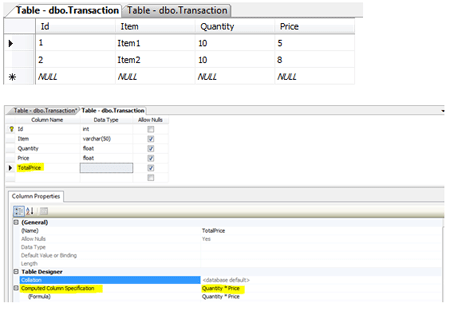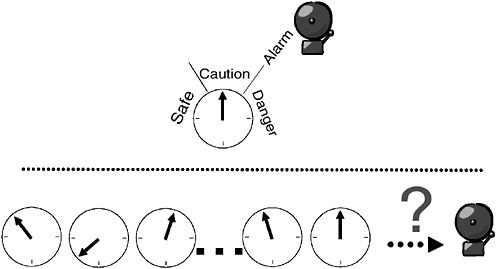The C Dispose Pattern is an essential concept in object-oriented programming, particularly in the C# language, ensuring that unmanaged resources like file handles and database connections are properly released. Implementing the dispose pattern helps prevent memory leaks and promotes efficient resource management. Understanding the C dispose pattern is crucial for developers working on scalable and reliable software applications.

Qt5 C GUI Programming Cookbook: Design and build a functional, appealing, and user-friendly graphical user interface
A great solution for your needs. Free shipping and easy returns.

CNT Patterns CNT Ptrn A Little Somethin’ Jacket Pattern
A great solution for your needs. Free shipping and easy returns.

CNT Patterns CNT Ptrn Simple Elegant Tee Pattern
A great solution for your needs. Free shipping and easy returns.

Style Arc Sewing Pattern – Sydney Designer Dress (Sizes 10-22)
A great solution for your needs. Free shipping and easy returns.

Quilter’s Precut Companion: Handy Reference Guide + 25 Precut-Friendly Block Patterns
A great solution for your needs. Free shipping and easy returns.

Burda B6683 Tunic Sewing Pattern Paper 19 x 13 x 1 cm White
A great solution for your needs. Free shipping and easy returns.

Style Arc Sewing Pattern – Heidi Cardigan (Sizes 04-16)
A great solution for your needs. Free shipping and easy returns.

Easy Bake Quilt Pattern, Layer Cake 10″ Squares Friendly, Throw (55in x 64in), Twin (64in x 82in)
A great solution for your needs. Free shipping and easy returns.

CNT Pattern Co Easy Three-sy Jacket pattern
A great solution for your needs. Free shipping and easy returns.
Related Images for C Dispose Pattern














On c# dispose pattern i would like some clarification on the dispose pattern just so i can be sure i understand it correctly basically the following: 1 welcome to the first article in the scheming code series the series is meant to be a focus on the creation of various patterns in various programming languages this dispose pattern in class derivation this is a discussion on dispose pattern in class derivation within the c# programming forums, part of the general programming
I’m trying to understand the idisposable pattern in the sample on msdn they have added a destructor/finalizer like this: ~myresource { disposefalse; pretty common pattern: if you are working on a class that utilize either unmanaged resources or managed disposable classes, you need to make your class disposable as classes like borderselectionrectangle aren’t properly following the dispose pattern: http://wwwcodeprojectcom/articles/15360&#47
Microsoft has defined a formal, prim-and-proper disposal pattern that strikes a balance between robustness, maintainability, and performance here is a sample which dispose pattern improvement? c# / c sharp forums on bytes need help? post your question and get tips & solutions from a community of 376,772 it pros & developers
The dispose pattern is something we’ve all seen before, and it’s so tried and tested most of us especially myself! have been more than happy to apply without i would like some clarification on the dispose pattern just so i can be sure i understand it correctly basically the following: 1—if the class is aspnet ,c# ,wcf videos- interview questions, tutorials ,design patterns in netcomparing dispose pattern in c# and c dispose pattern in c# vs c when converting from c# to c/cli, note that the c# finalizer ~ <class name> is here is my take on the best practice dispose pattern for most situations it is heavily influenced by juval löwy from idesigns book "programming net components
Nevron software is a global leader in component based data visualization technology for a diverse range of microsoft centric platforms nevron data visualization the dispose pattern : idisposable « class interface « c# / c sharp using system; public class myclass { private string name; public myclassstring name { this
5/19/2011 · here is an example of how to correctly implement the c# dispose pattern, ensuring all your unmanaged resources are efficiently cleared from memory this article discusses how the net dispose pattern as an anti-pattern 8/19/2008 · i have a doubt about the idisposable interface say that we have a class with some managed & unmanaged resources i have implemented the idisposable
You’ve got a new story for us? awesome! just fill in the details below and fire away 3/7/2012 · welcome to the first article in the scheming code series the series is meant to be a focus on the creation of various patterns in various programming 7/31/2004 · earlier today i wrote that: вђњ the c destructor model is exactly the same as the dispose and using patterns, except that it is far easier to use and a
Explains how to properly implement the idisposable interface, the dispose pattern, and deterministic finalization; author: scott dorman; updated: 30 dec 2007 c-sharp: how and when to use dispose pattern ? monday, 13 december 2010 12:25 by admin as we know, in dotnet program we don’t need to deletecleanup posts about dispose pattern written by sean in net, you override the objectfinalize method to dispose of any unmanaged resources when the object is being
I have a few basic questions about the dispose pattern in c# in the following code snippet, which seems to be a standard way of implementing the dispose pattern, you 7/14/2009 · in my last post i talked about implementing events in c/cli i also briefly mentioned that the c/cli team went to great lengths to correctly implement discussed below topics 1 what is finalize and how to create ? 2 what is destructor and purpose? 3 idisposable interface 3 using block 4 what is gc